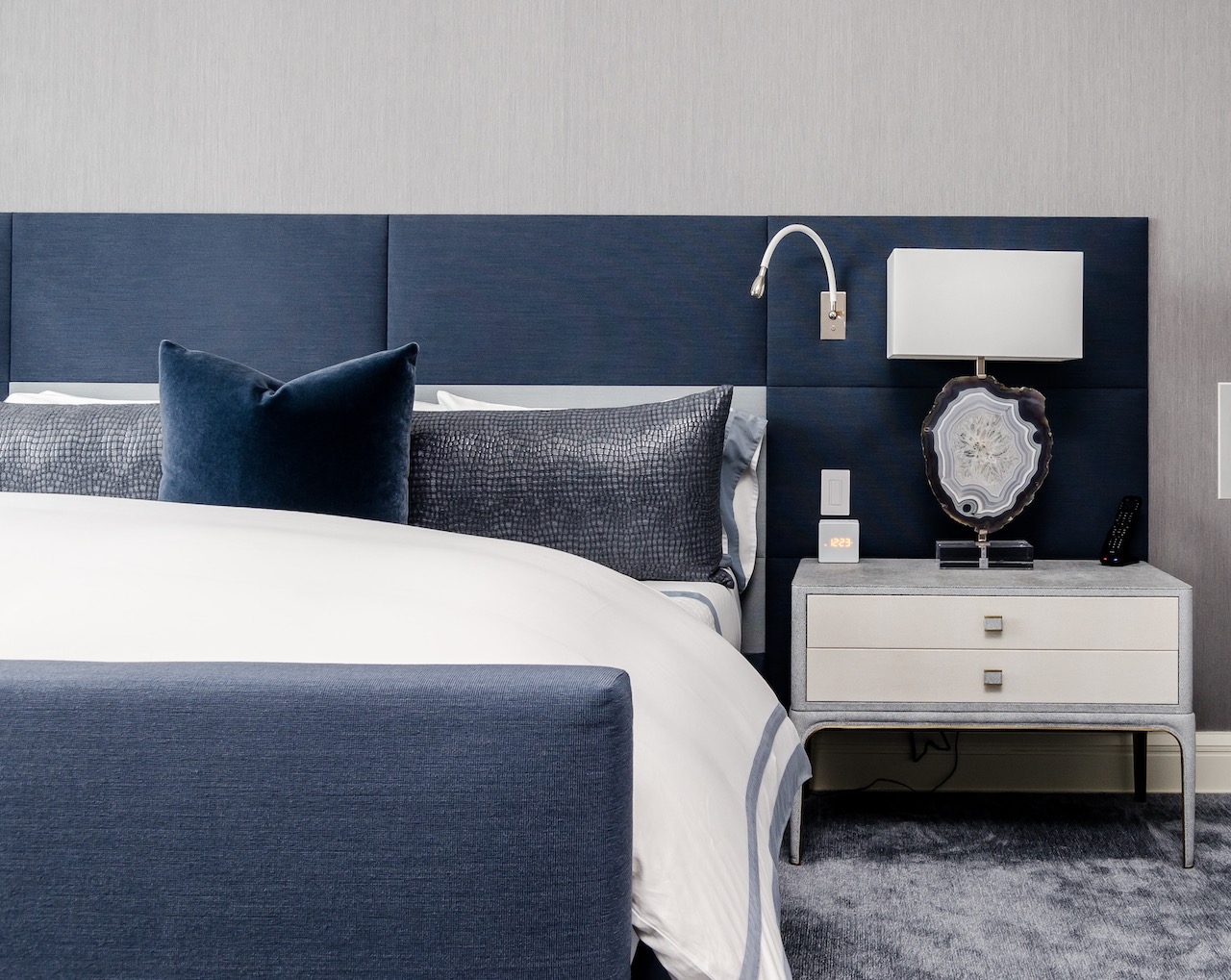Memory Foam & Hybrid Foam
February 2022Will my memory foam bed sag or dip?
Updated 2022: If you have a foam or memory foam bed you may be concerned about dips or sags with these types of mattresses. If you’ve had a memory foam bed for a few months you may start to notice compressions in the mattress. Reading online mattress forums will show just how many thousands of complaints there are about mattress sags that can’t be fixed.
Memory foam mattresses will sag or dip over time which is one of the drawbacks of one-sided foam beds.
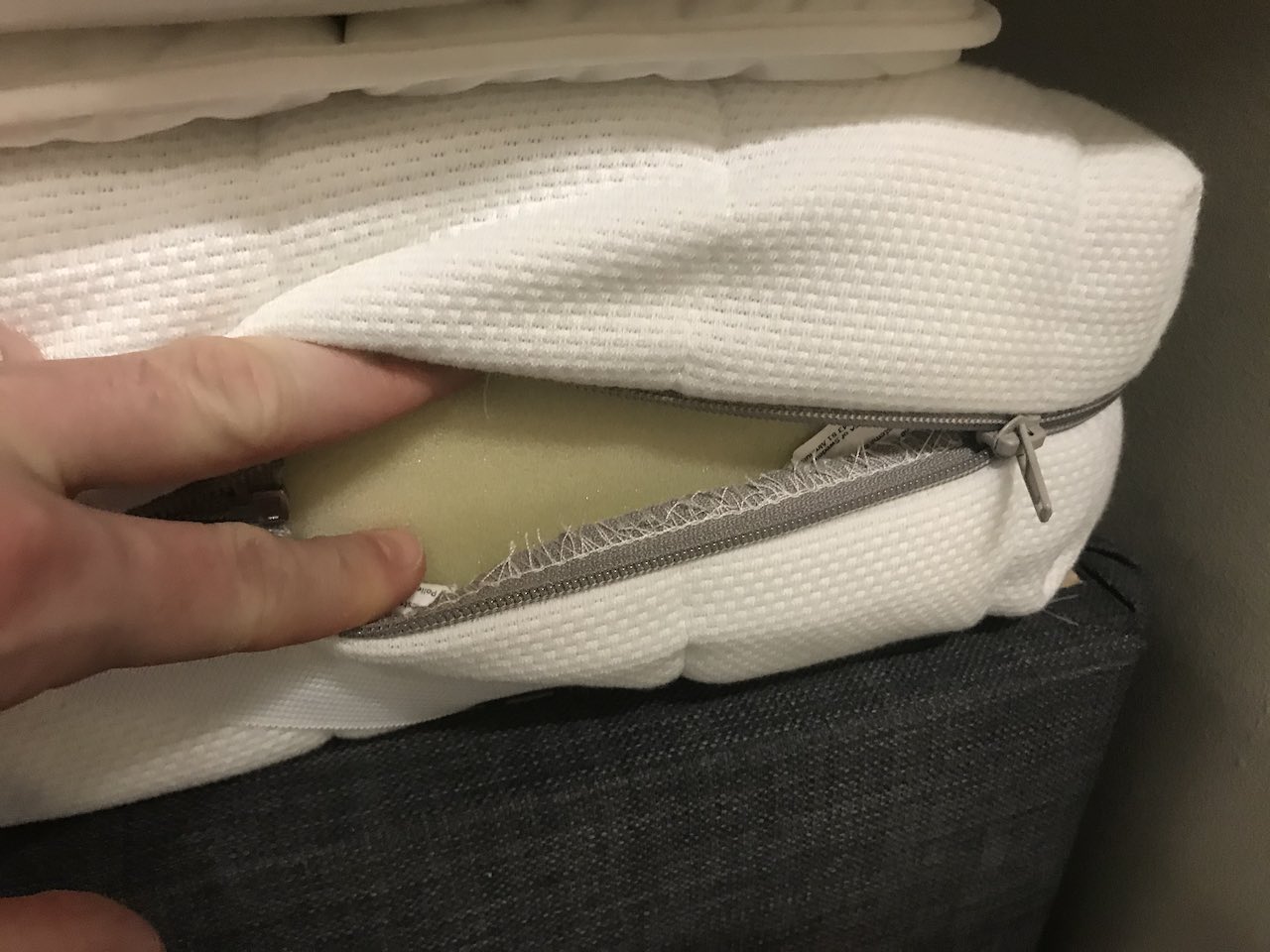
It may be a shock to hear this about your memory foam bed but the way that memory mattresses are made means they have the shortest mattress lifespan unless you follow some guidelines to help extend their lifespan.
Memory foam dipping guide
If you’ve got a memory foam bed then understanding why it may sag or dip will help you to take steps to reduce it. Meaning you can make your memory foam bed last far longer. Let’s take a good look under the covers of why memory foam sags.
- Does memory foam sag?
- How much will my memory foam mattress sink?
- Memory foam dipping explained
- How to spot a sagging mattress
- How to fix a sagging memory foam mattress
- Reducing mattress compression
- Alternatives to memory foam mattresses that don’t sag
Why has my memory foam bed started to sag?
Memory foam compresses far faster than hybrid or latex foam beds so you need to be aware of how to reduce the settlement to limit the dipping over time. The probably with memory foams is they are Vasco elastic so they rely on heat to mould. This means that they compress when weight and heat are applied to them.
Over time this constant compression and heat change each night mean that memory foam has a far quicker compression or settlement rate. Especially when compared to other natural fibres such as wool, cotton or bamboo.
Memory foam is far slower to reform after you get out of bed as it has to cool down. As memory foam holds you in one position it also means you tend to sleep in the same position each night can lead to one part/area of the bed taking all of the wear and tear. These drawbacks mean foams tend to compress in certain places far faster than other mattress upholstery.
Compression is not always a bad thing, though, take the example of a new sofa at first when it arrives the cushions may look lovely and plump but, when you sit on it, you feel like you’re just resting on the top of the firm cushions, then after a few weeks the cushions ‘bed in’ and you get a more comfortable experience. This is the same with all synthetic mattress foams.
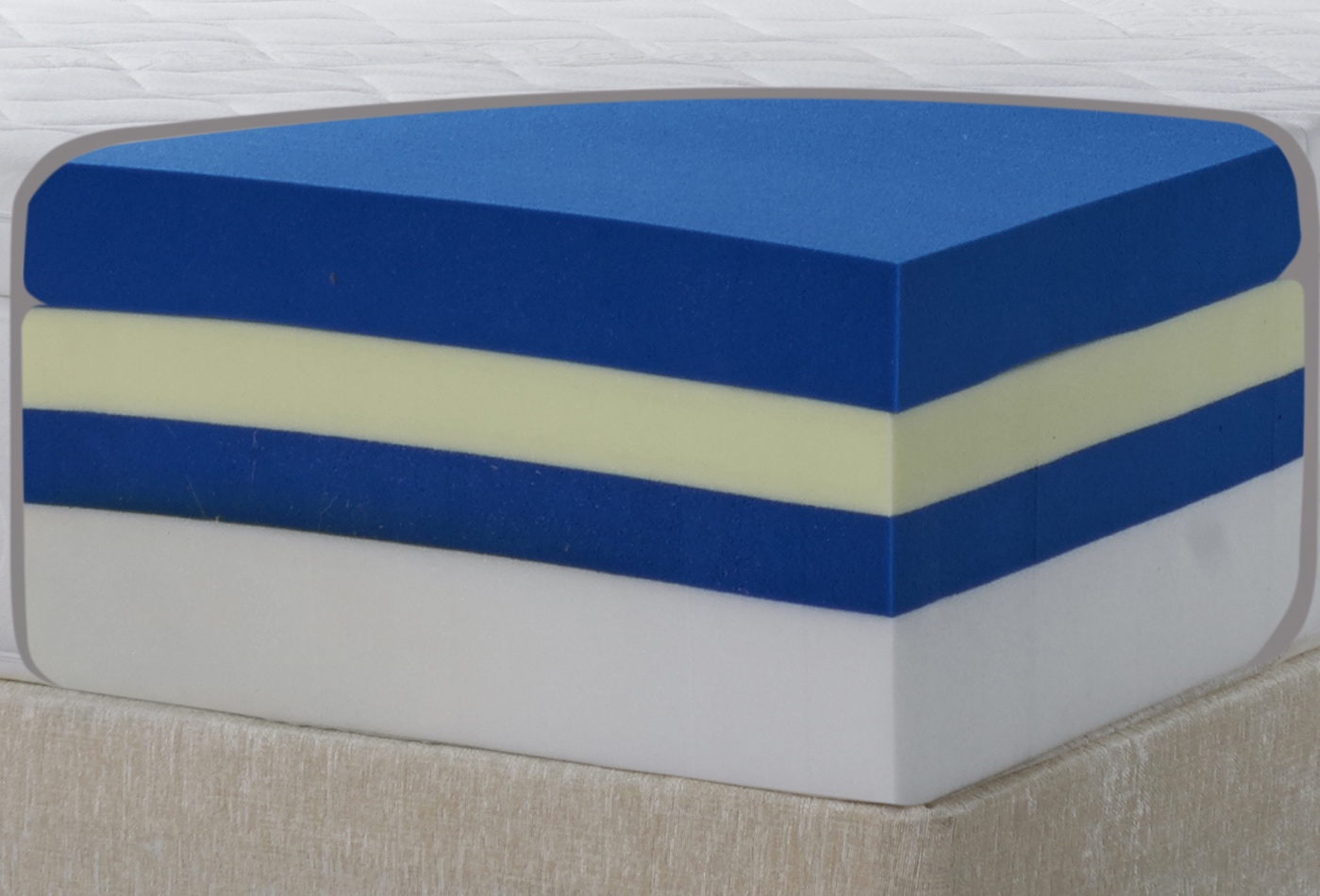
Our guidance is that all foams will compress at some point, it is more important to assess the percentage or amount of compression. There are some steps you can take to help reduce this compression with a memory foam bed.
How far will my memory foam mattress compress?
The industry-accepted amount of sag in a memory foam mattress is 2cm. This means that any indents of 2cm-3cm that don’t return to their original position are considered acceptable.
This is a real issue with memory foam mattresses as the foam tends to hold a sleeper in one position meaning this quickly becomes a dip where the sleeper lies.
This is because there is repeated pressure applied night after night in the same spot. There’s no way to flip the mattress over meaning you’re concentrating all of your pressure in one spot continuously.
This compression and wear will happen far faster than a Natural Fibre Pocket Sprung Mattress. There’s no way to turn or even out memory foam wear, unlike Natural Fibres as you can’t turn the mattress over.
The industry accepted amount of settlement is 2cm-3cm
However, there’s many variables that need to be considered such as material used
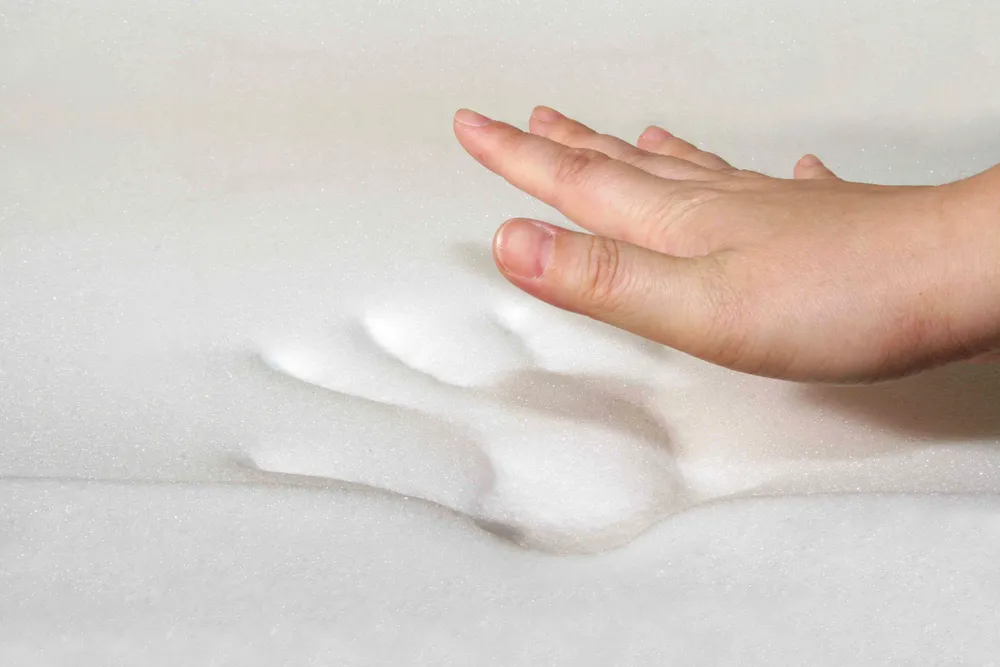
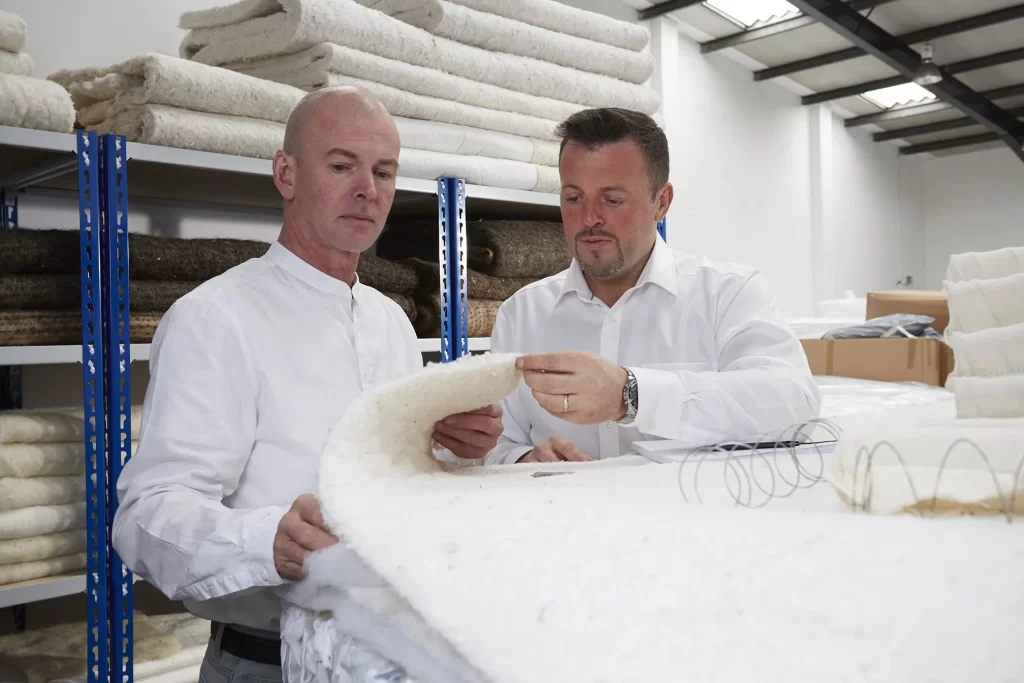
Memory Foam Mattress dipping & sagging
A dip is where part of the mattress has compressed beyond its tolerated level.
The tolerated level of compression in a mattress is 2cm in memory foam.
It is usually the reflex layer that has failed as there is too much pressure on it for its intended use, or in cheaper mattresses, the quality is so low of the foam that it will fail when put under stress.
This causes a crater or hole effect that’s permanently embedded in the mattress. Once your mattress has dipped like this there is zero you can do to rectify it. The best method is to prevent this from happening in the first place with your mattress. This is where choosing a mattress with significant upholstery can almost eliminate the potential for sagging and choosing a two-sided model.
Guide to spotting a compressed mattress
If you have a memory foam mattress and you think it may have sagged then the video guide below will help you identify if it’s a true sag or natural settlement in the mattress ie initial settlement that occurs in all mattresses.
A sagging memory foam bed can be identified as:
- A dip or hollow that doesn’t return to its original shape
- A slope that you roll into or away from on the mattress
- A series of deep wrinkles in the cover where the memory foam doesn’t meet
How can I prevent my memory foam mattress sagging?
The best way to prevent your memory foam bed from sagging is to choose a model that has multiple deep memory foam layers with adequate support for your body weight. Thinner cheaper memory foam mattresses fail far faster especially if the support foam is not matched to your body weight.
This is why it is so important to ensure you choose the right mattress for your specific needs. Choosing the correct mattress for your weight and tension will enable you to reduce the issue of compression or potential sagging that may be found with an unsuitable bed.
Our advice if you haven’t bought a memory foam or boxed mattress is to buy a 2-sided pocket sprung model than then add a separate memory foam or Latex topper. This removes the issue with memory foam sagging as you can turn both the topper and the mattress fully extending the mattresses life span.
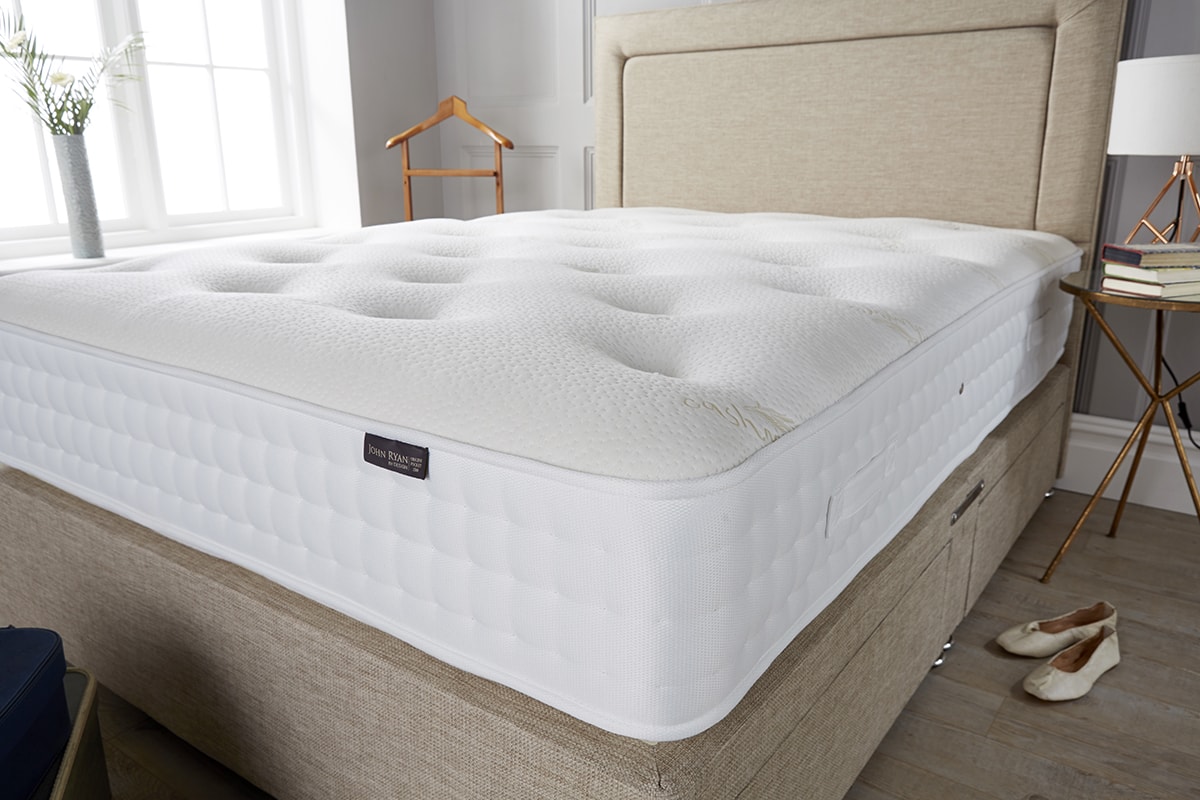
The easiest way to prevent a mattress from sagging is to buy a high-quality Natural Fibre pocket sprung mattress such as our Origins 1500 mattress. This removes the issues experienced by many with Memory foam and foam pads where they get crushed quickly from wear.
How to fix a sagging memory foam mattress
There are 3 ways to help fix a sagging memory foam bed:
- Ensure you’re using the correct bed base / adding plywood
- Adding additional removable toppers to take most of the wear at night
- Choosing a quality memory foam mattress to begin with that can be rotated
If you do choose a Memory foam mattress you need to make sure that after this compression you still have enough memory foam to react to your body to support it and offer the comfort you require. The prime example would be a cheaper memory foam mattress which offers 2cm of memory foam, leaving little to no room for compression, causing a potential dip.
You should be looking for memory, hybrid, latex foam or other upholstery materials in quantities that will offer enough depth after compression. ie at least 25cm overall depth and significant depths of foam.
The best memory foam mattresses will feature:
- At least 25-30cm overall depth
- 2-3 layers of at least 15cm of memory foam
- 60kg density plus for soft comfort
- 70kg plus for medium comfort
- 85kg plus for firm comfort
- At least 10cm of reflex foam in 33kg
- A deep quilted cover
- A removable memory foam topper that can be fully turned
We wouldn’t recommend anything less than 5cm of any memory foam, hybrid foam or latex as a top ‘comfort’ layer as this will certainly settle really quickly.
To fix a failing memory foam mattress one piece of advice is to check the base that its placed on. Slatted bases can cause all sorts of sagging problems with memory foam beds.
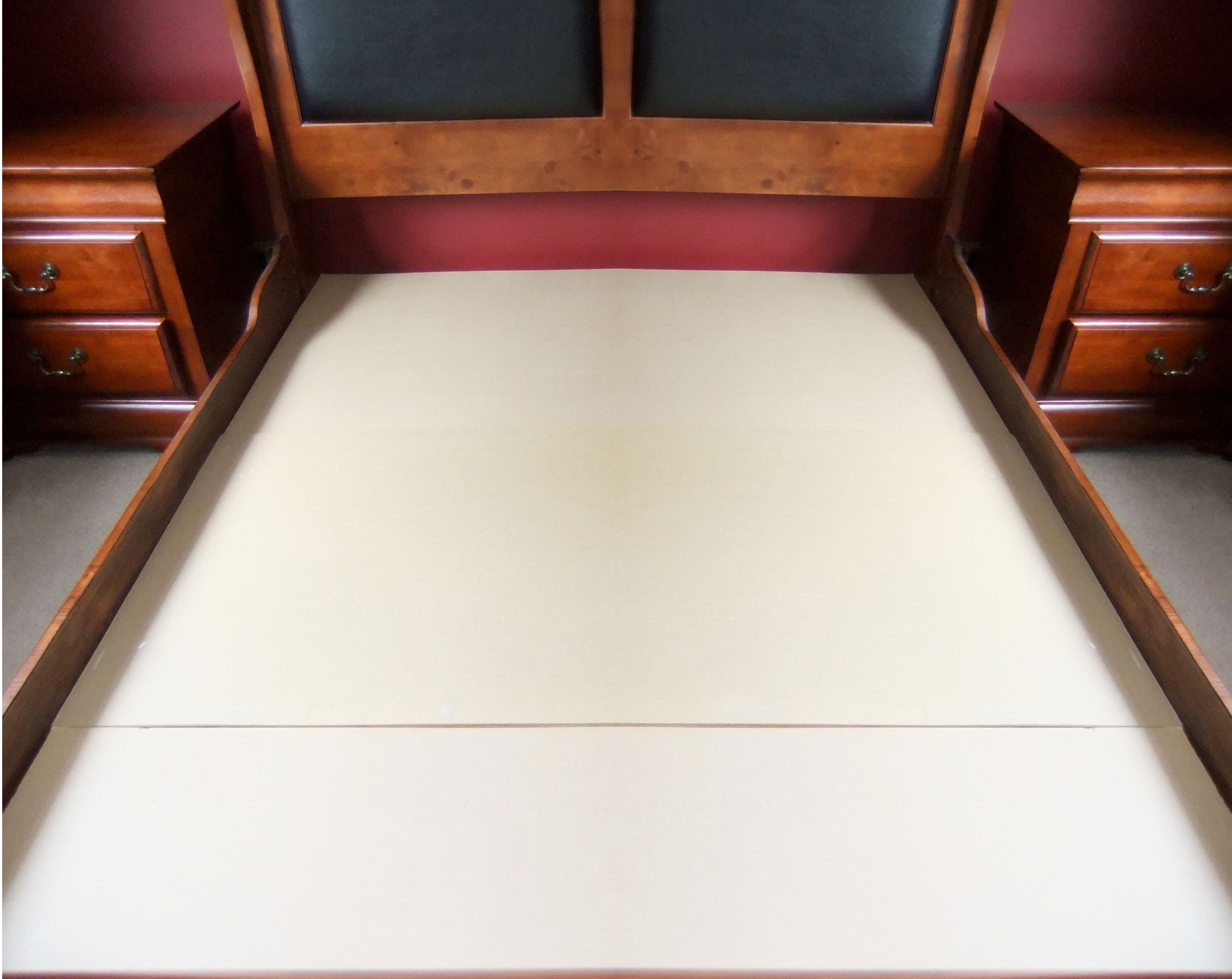
If your memory foam mattress is on a slatted base then it may be worthwhile boarding over the slats with plywood. This can help prevent memory foam beds from sagging in between the slats which can happen. Don’t forget memory foam is very mouldable so any gaps in between the slats can allow the bed to slip through causing bumps and lumps.
How can I reduce compression and avoid dips in my bed?
There is one top tip that can help reduce memory foam sagging.
One way is to make sure you rotate and turn your mattress regularly, once a month if possible.
This will even out the wear. With a traditional mattress, you are guided to turn and rotate the mattress, with memory foam some mattresses construction methods make this unnecessary. With our unique dual construction method, the topper is fully turnable and can be rotated as well to increase the longevity of your mattress.

Always look for a model with a separate removable topper this ensures that not only can you rotate the core mattress, but turn and rotate the topper.
The topper takes the brunt of the compression and you can even this our with turning. It means that if years down the line the topper has compressed beyond what’s comfortable, you can simply replace this and not the entire mattress!
Alternatives to memory foam mattresses that don’t sag
The best way to prevent a mattress from sagging is by choosing a quality Natural Fibre sprung mattress that can be turned and rotated to even out wear and tear over its lifetime. You simply can’t do this with a one-sided memory foam mattress.
You can also combine a memory foam or latex mattress topper with a pocket sprung mattress model. This can get you the feeling of memory foam but without the drawbacks.
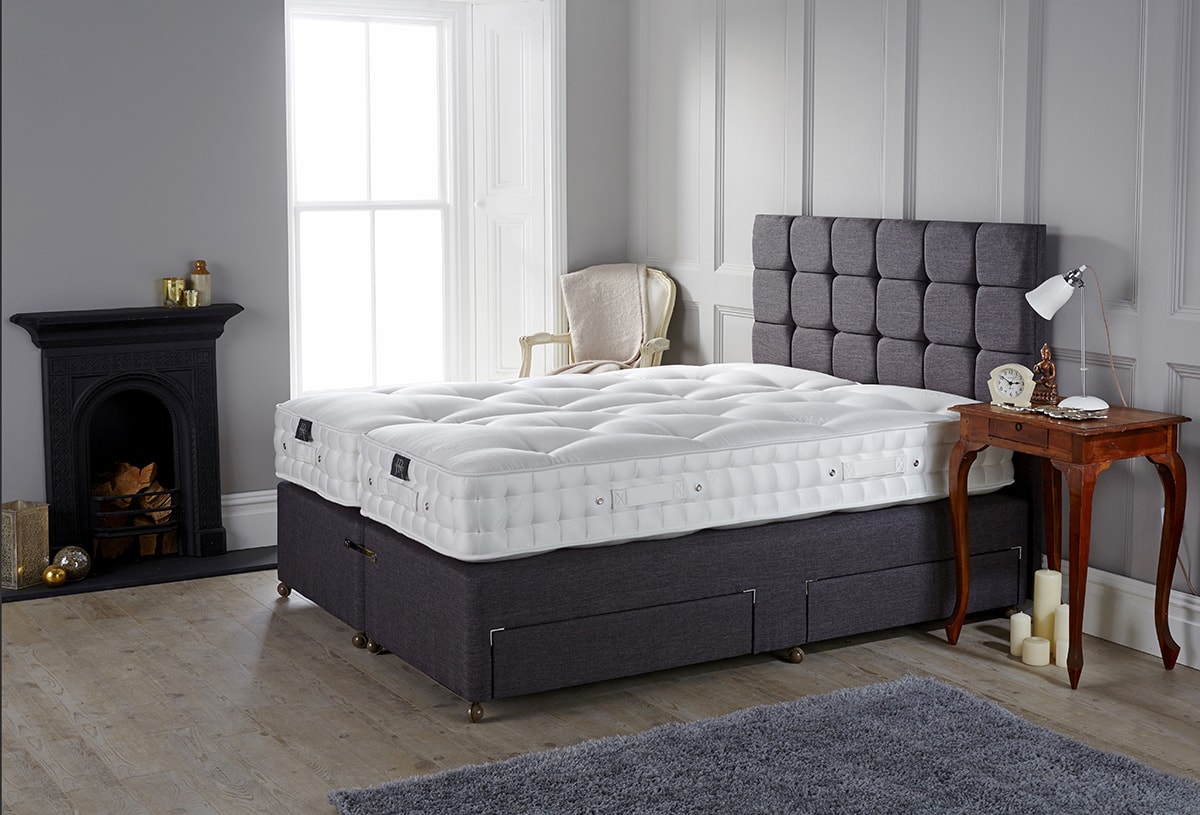
So if you’re a die-hard memory foam mattress fan then this method can be a good compromise. When your memory foam mattress topper compresses and dips you can simply replace it.
If you feel this is really wasteful, given they tend to only last 1-2 years, then a latex topper may be a better option. These last far longer and are not as heat retentive as memory foam. However, they are more expensive. Our Origins and Artisan mattress ranges are all two-sided so have a look at those models in comparison to no turn beds to see the difference.
To avoid memory foam sagging you will need choose a 2-sided mattress to begin with. Then maybe add a topper.
Then you can turn and rotate your mattress each month extending its lifespan considerably.
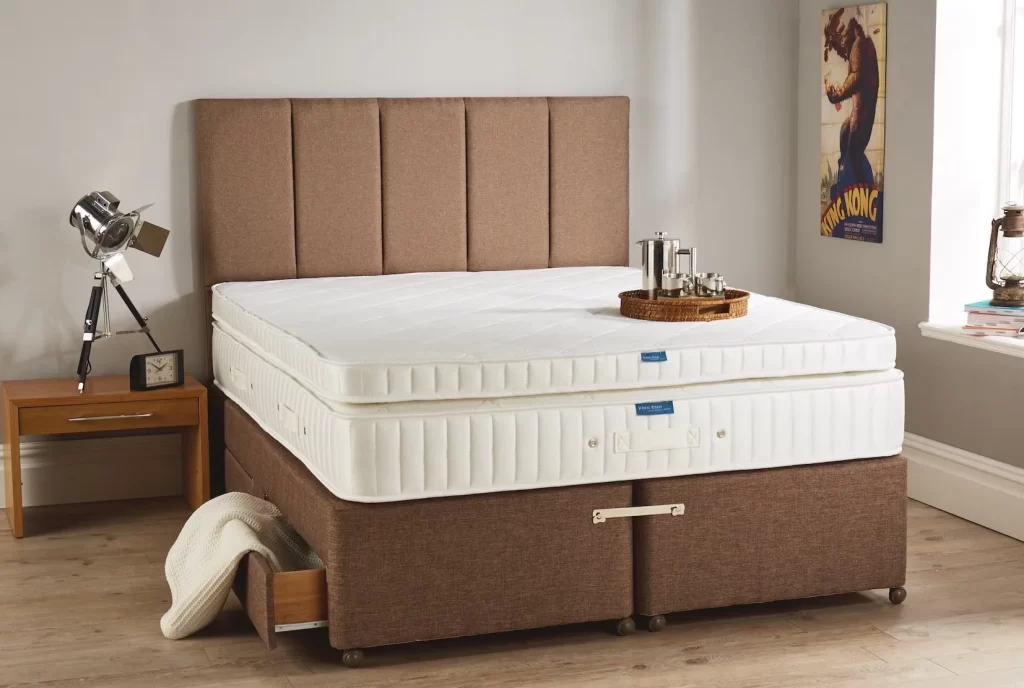

Summary
All foams and upholstery layers will have a tolerance of 2cm-3cm compression over time. This is totally unavoidable but you can help even it out with a two-sided model.
By choosing a well upholstered and pocket sprung mattress you can significantly reduce the potential for sagging and dipping. As you have two sides to use and rotate through meaning your mattress will last far longer than a memory foam alternative.
On one-sided mattresses, we advise always having a separate topper comfort layer which enables you to do this and prolong the life of your mattress. Simply using your mattress night after night without any monthly maintenance will only speed up and exacerbate the compression and dips that may occur.
Why not get in touch with our expert team for tailored guidance on how to choose the best mattress? Call us on 0161 437 4419 or drop us a message below.

Dreaming of the perfect nights sleep?

Ask us a question
There are over 6000 questions and answers submitted by you on all questions about mattresses and bed problems. Enter a keyword such as Vi Spring, John Lewis beds, bad back or Memory Foam and see if your question has already been answered.
If you can’t find an answer in knowledge hub, ask a new question. We aim to respond to all questions within one working day.
Newsletter
Enter your email to join our newsletter. We’ll send you occasional news and mattress expertise.

